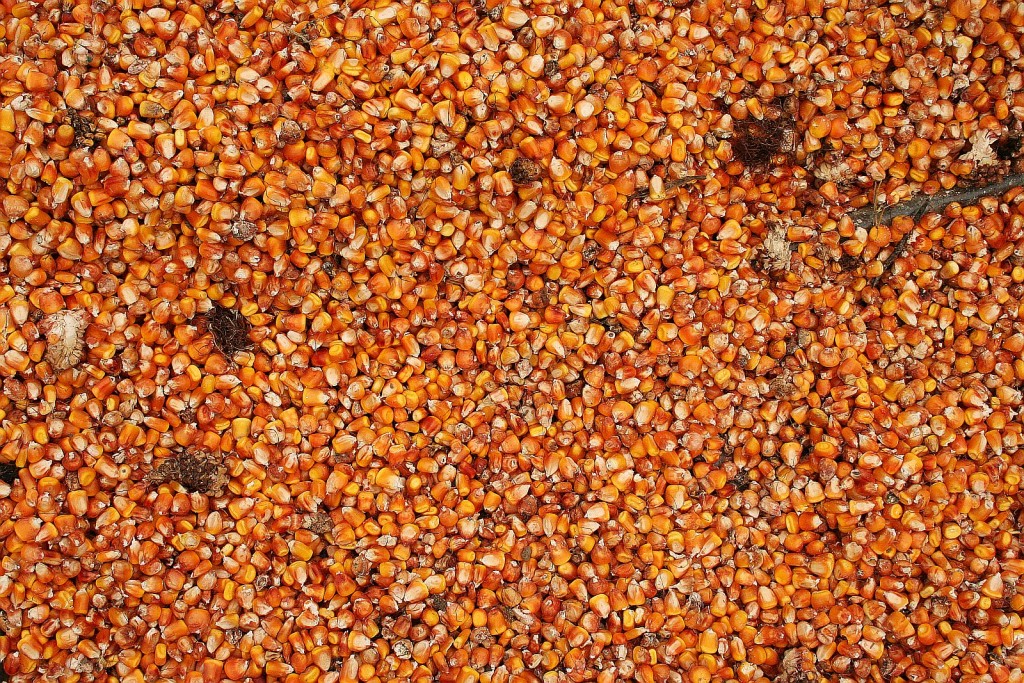Fumonisins are mycotoxins, which are harmful secondary compounds that specific molds and fungi produce in soils, grains, and forages when moisture levels permit. This mycotoxin variety is produced byFusarium verticillioides,F. proliferatum, and other Fusarium fungal species. Animal and human health problems related to fumonisins are most commonly associated with the consumption of contaminated maize (corn) or products made from maize.
Horses have a longer life span than many other livestock, some living 30 years old or more, so their exposure to toxins can be long-term. Horses used for competitions are often high-value animals and economic losses from poor performance, health problems, and even loss of use due to mycotoxins can be significant.
Fumonisin Levels Guided by the FDA
Consumption of moldy maize has long been recognized as a cause of equine leukoencephalomalacia (ELEM, often referred to as moldy corn poisoning). Fumonisins B1 (FB1) have been shown to be cardiotoxic (they damage the heart muscle) and cause pulmonary edema in pigs. Cattle and poultry are considerably less sensitive to fumonisins than horses and some other species, including pigs, rabbits, and laboratory rodents. The U.S. Food and Drug Administration (FDA) Center for Food Safety and Nutrition has issued guidance levels for fumonisins in maize and maize byproducts used in animal feeds. The levels vary by animal species, reflecting their relative sensitivities to fumonisins
For more: http://www.thehorse.com/articles/36231/life-threatening-fumonisins-in-horses

